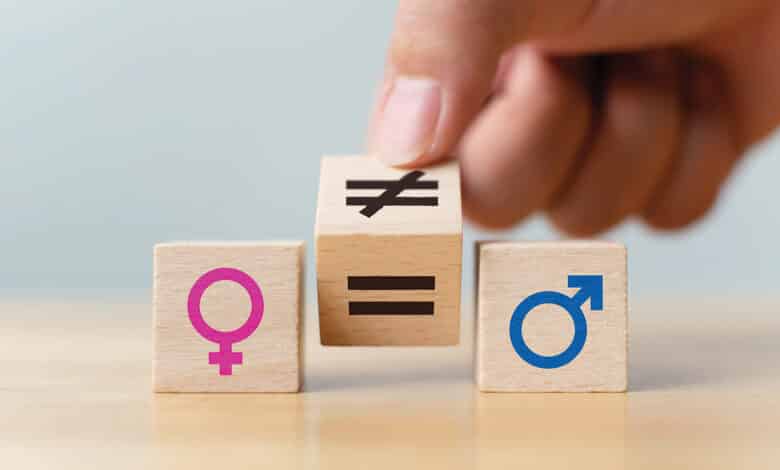In May 2018, an action plan was put in place by the french Government to address pay inequalities and career development gaps between women and men. The aim: achieving gender equality.
Law 2018-771 of September 5, 2018
It now requires companies with at least 50 employees, to publish the results of the gender equality index annually on their website (articles 104-107).
The gender equality index
It thus enables each company to measure the differences in pay and career development between women and men, in terms of professional equality.

Indicators
In companies with less than 250 employees, there are 4 indicators to consider for which companies get a maximum score out of 100 points:
- Gender pay gap (out of 40 points):
A comparison is made of the average pay between women and men, by age, group and job category. - The individual pay increase gap between women and men (out of 35 points):
In companies with fewer than 250 employees, this is calculated on all individual increases, whether or not they resulted in a promotion. - The percentage of female employees who received a raise in the year following their return from maternity leave (out of 15 points):
This is a requirement since 2006 that applies only if raises occurred in the company during the period of maternity leave. - The parity among the 10 employees with the highest salaries (out of 10 points)
DIAGAST score




